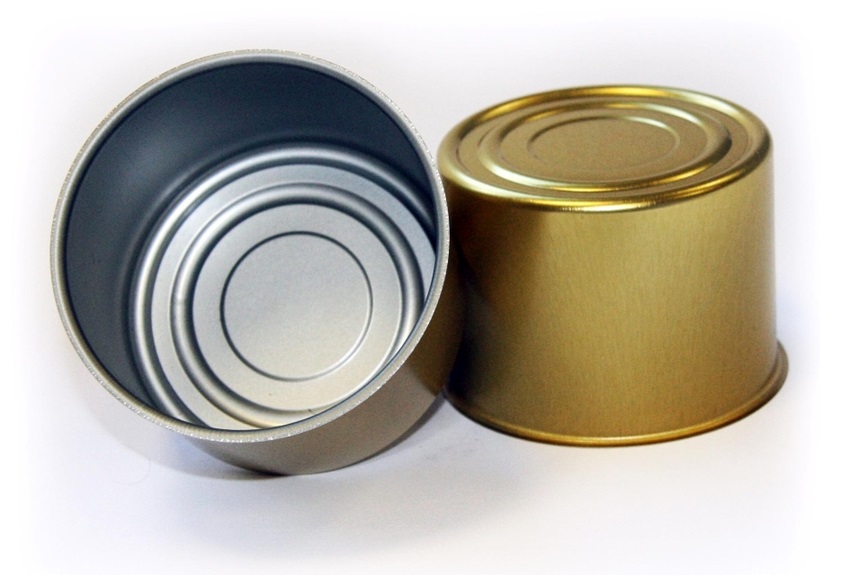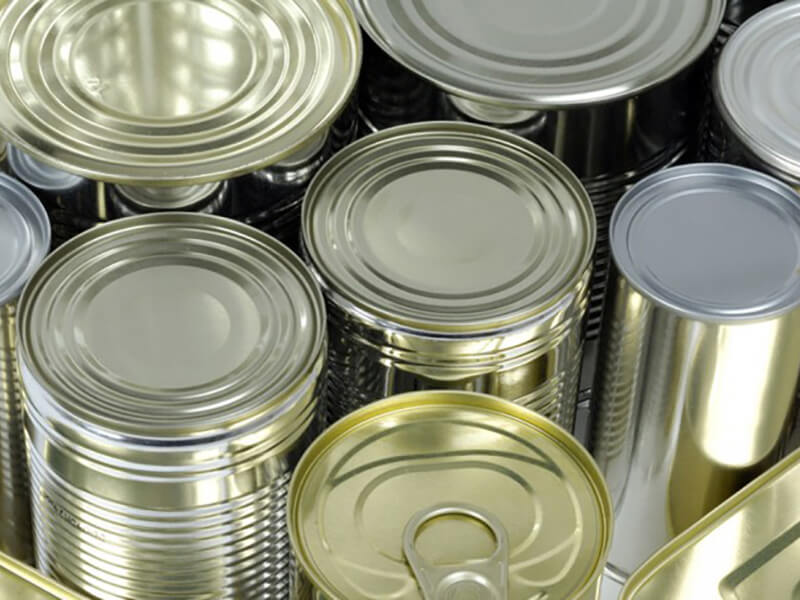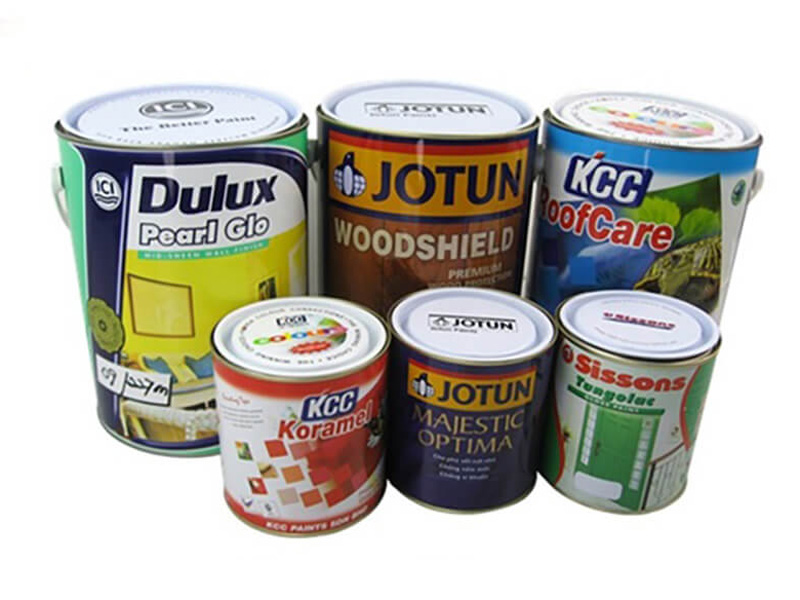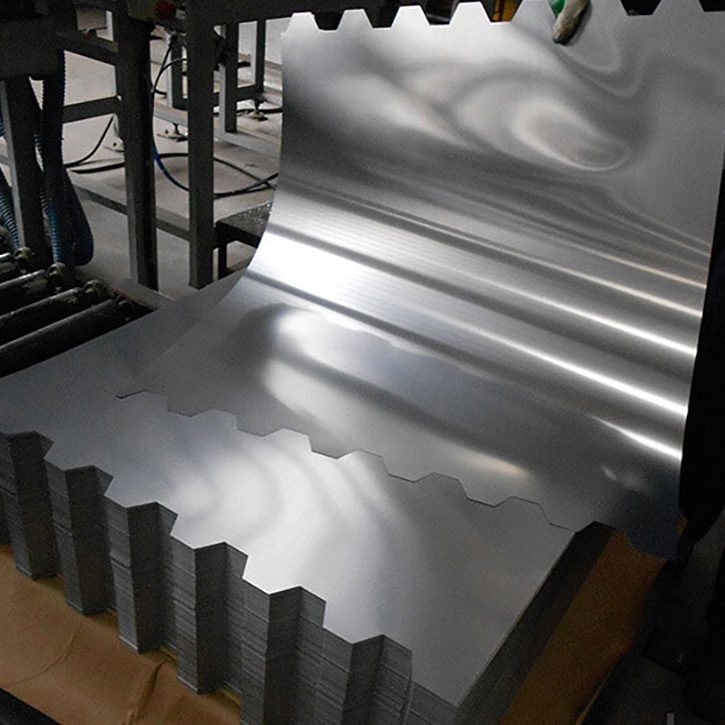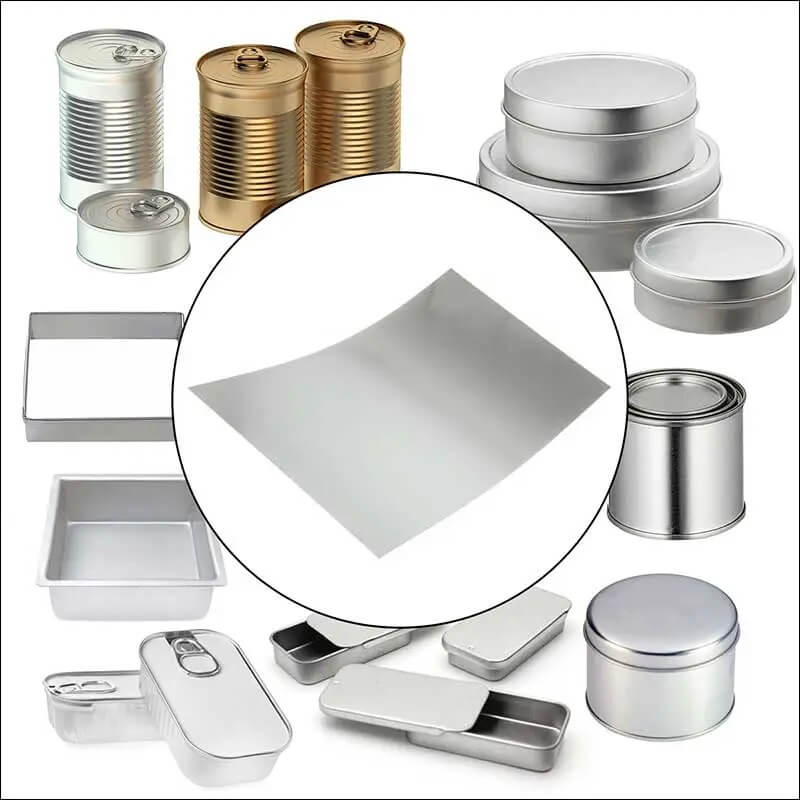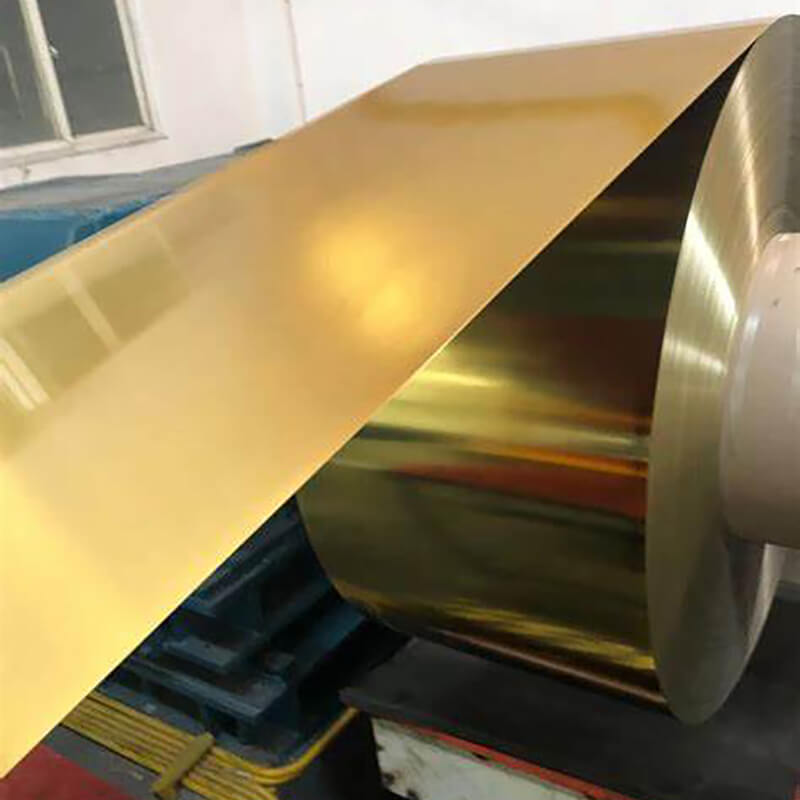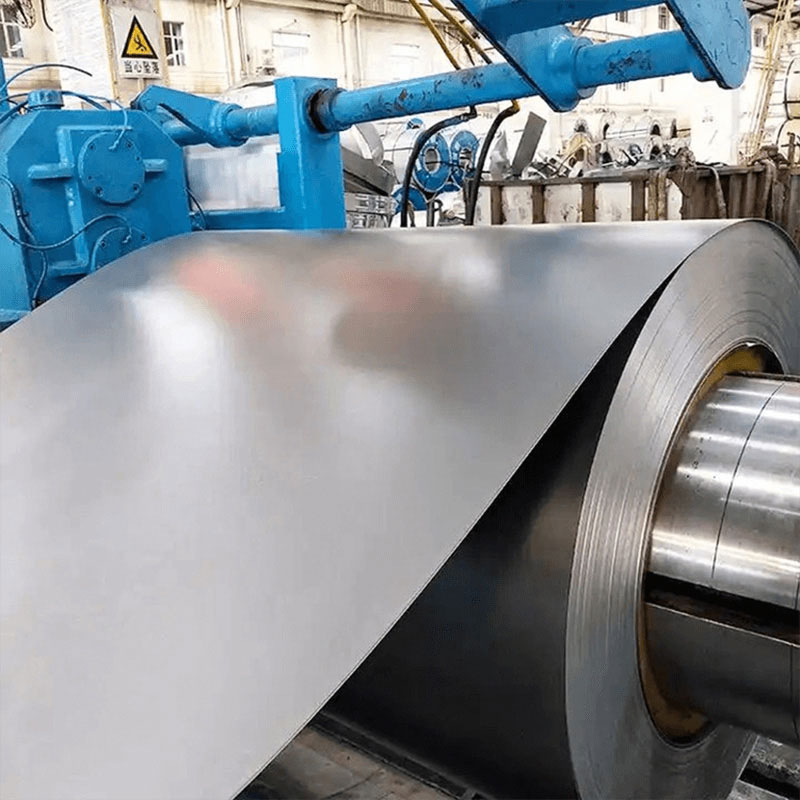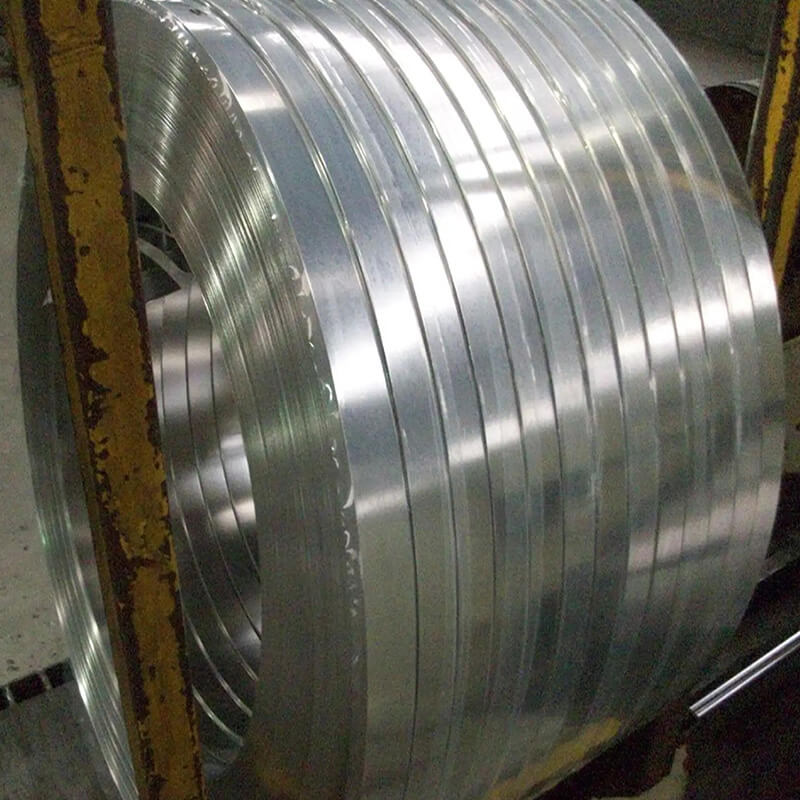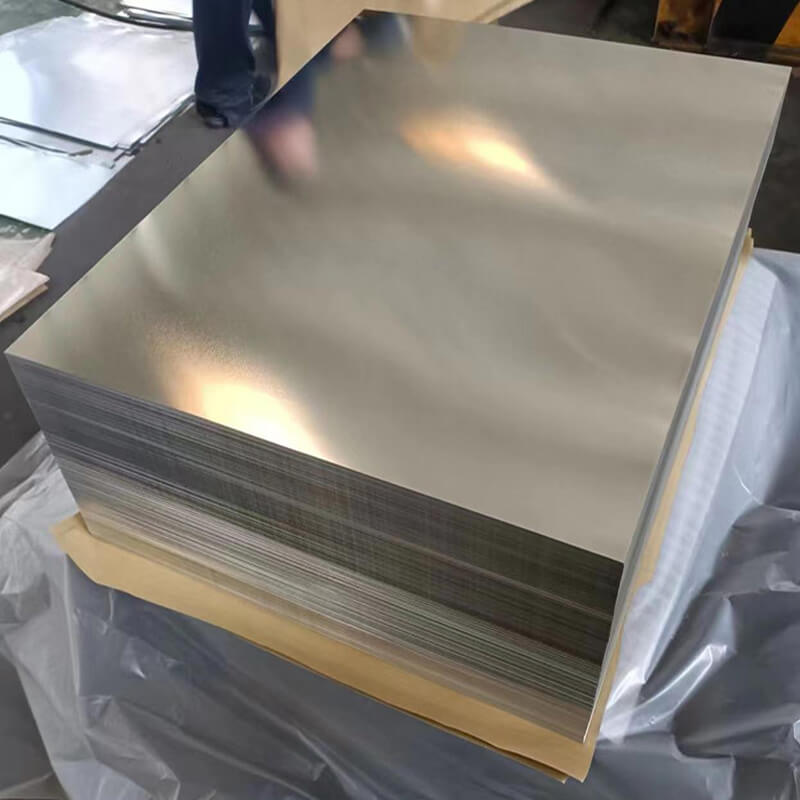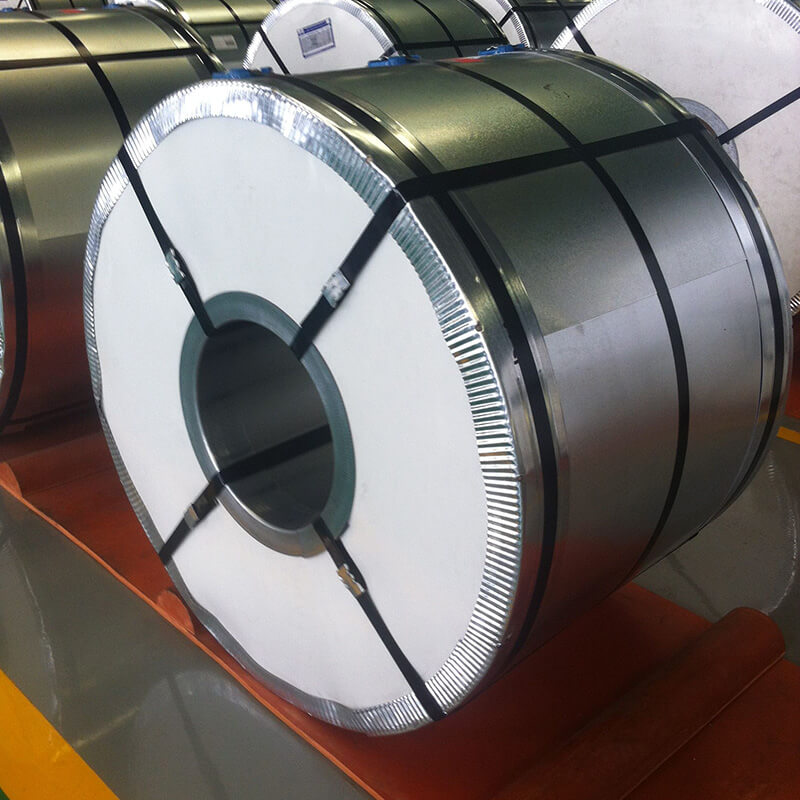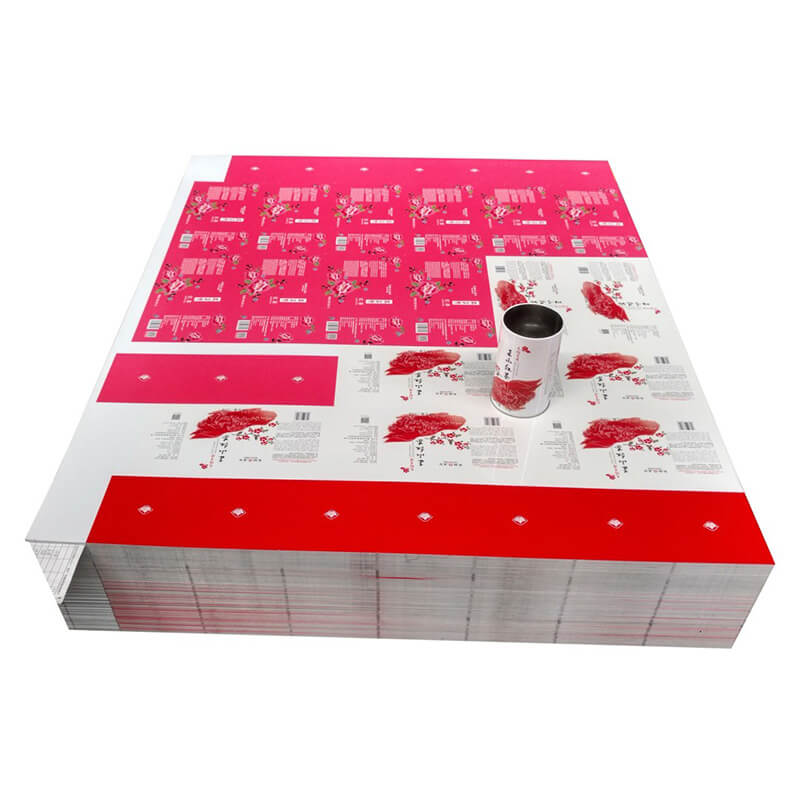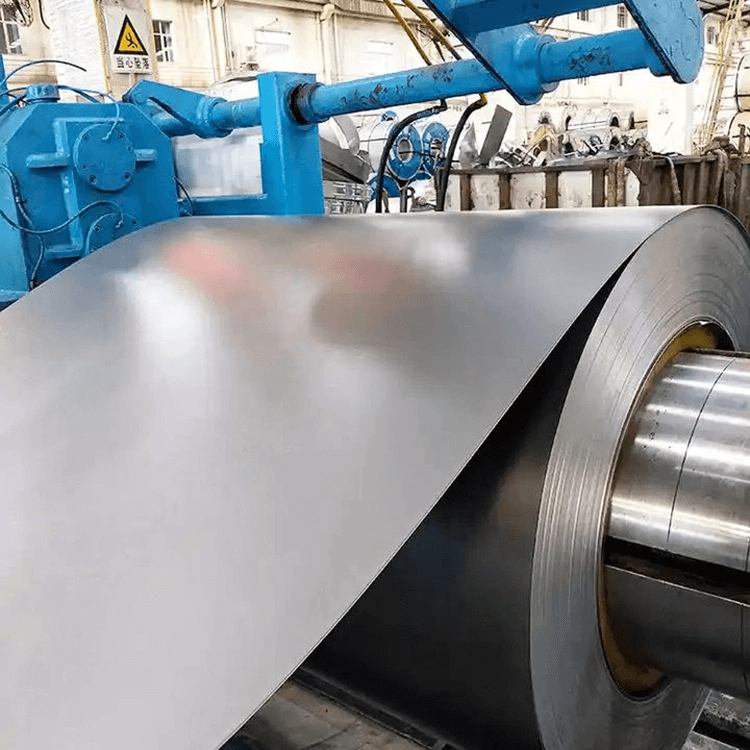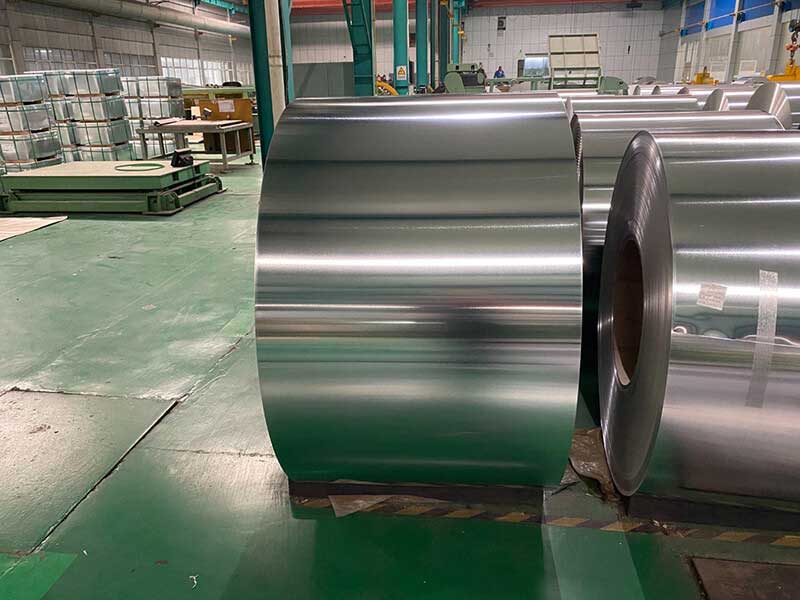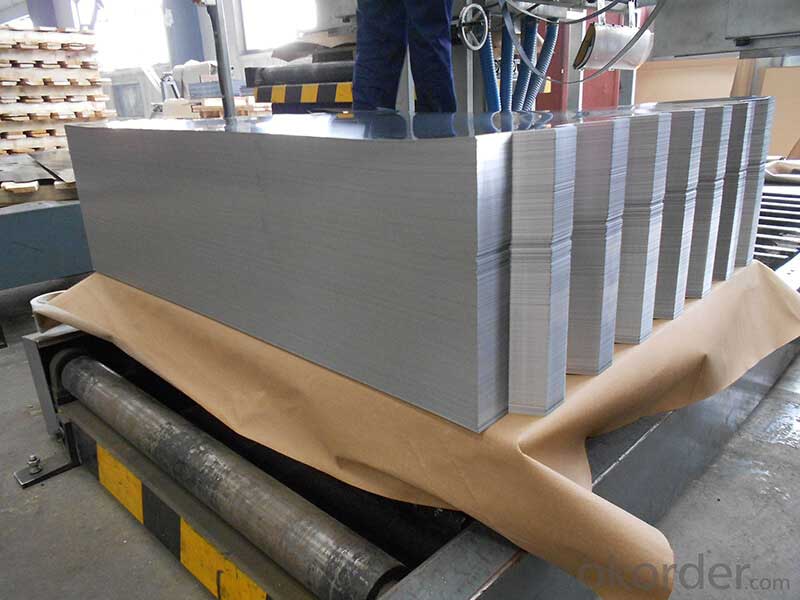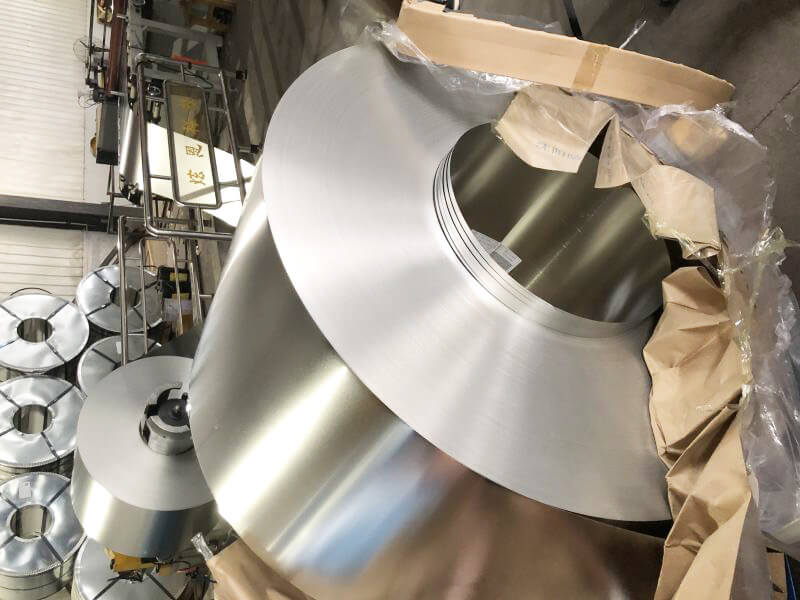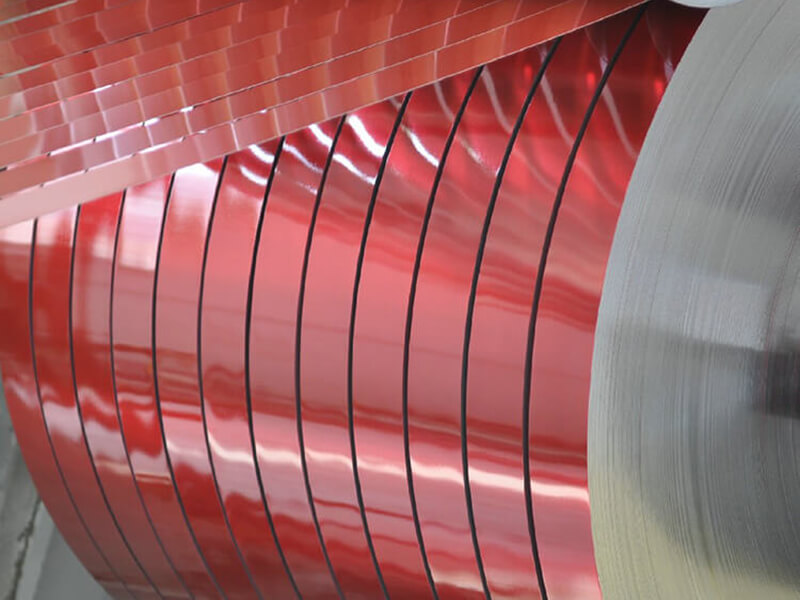Why Tin is Used as a Packaging Material for Food?
Why Tin is Used as a Packaging Material for Food: Tin containers are a popular packaging choice in the cosmetic and food industries. They can be used to store and distribute cosmetics, food and candy, candles, medicine, and more. Typically made of thin iron or aluminum with a tin plating, these metal packages can be made in any size, shape, or color.
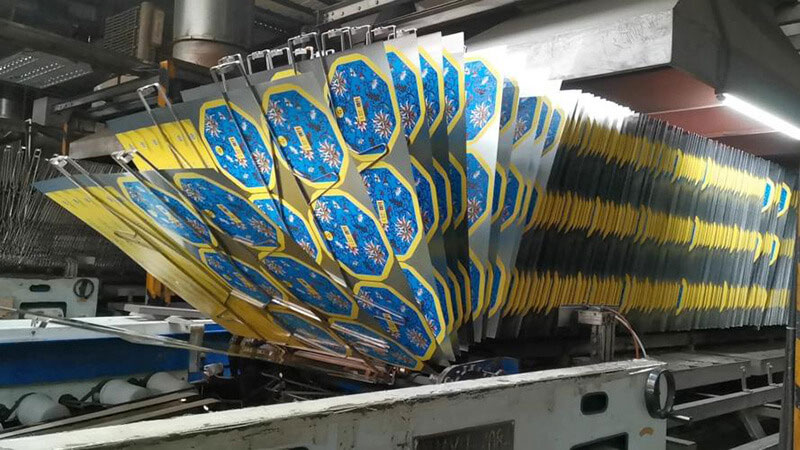
Benefits of Tin Packaging
Tin packaging is attractive to consumers, and it offers a variety of benefits:
1. Non-Toxicity
- Safety for Consumption: Tin is non-toxic and safe for direct contact with food. It does not leach harmful substances into the food, ensuring that the contents remain uncontaminated and safe to eat.
- Durable: Tin packaging is strong and can resist vibration and jostling as it makes its way to the shelves.
- Resists corrosion: Tin is trusted to protect food because it doesn’t oxidize easily.
2. Non-Reactivity
- Chemical Stability: Tin is chemically stable and does not react with acidic or alkaline foods. This non-reactivity prevents the metal from altering the taste, smell, or nutritional value of the food, which is particularly important for preserving the quality of products like fruits, vegetables, and tomato-based items.
3. Corrosion Resistance
- Protective Barrier: Tin provides an effective barrier against air and moisture, which helps in preventing rust and maintaining the integrity of the food can. This corrosion resistance is crucial for the longevity and safety of canned food products.
- Sterile: Metals are easy to sterilize and, because they’re non-porous, they don’t have the tiny holes and crevices that create an easy breeding ground for bacteria.
4. Preservation of Food Quality
- Extended Shelf Life: The barrier properties of tin help in maintaining the freshness and extending the shelf life of food products. By protecting the contents from exposure to air and light, tin-coated cans help in preserving the food’s taste, texture, and nutritional value over extended periods.
- Protects the product: Airtight seals and solid containers keep out air and UV light. If light does not put the product at risk, you can consider a tin can with a clear window, so consumers can view the product inside.
5. Manufacturing Benefits
- Ease of Application: Tin can be applied in thin, uniform layers through a process known as tinplating. This ensures that the cans are both lightweight and durable.
- Smooth Surface: The smooth, even coating of tinplating provides an ideal surface for printing labels and other information, enhancing the aesthetic appeal and marketability of the food products.
- Affordable: Metal is readily available and easy to recycle, so manufacturers can obtain it at a lower cost. Tin cans are also lightweight, which reduces transportation costs.
- Sustainable: More and more consumers prefer to buy from companies that are committed to environmental responsibility. Tin is easily recycled. In addition, decorative tin containers are often reused by consumers to wrap gifts, preserve homemade goods, organize jewelry or small office supplies, or store trinkets.
6. Recyclability
- Environmental Considerations: Tin-coated steel cans are recyclable, making them a more environmentally friendly option compared to some other packaging materials. Recycling helps in reducing waste and conserving resources, which is an added benefit for sustainable packaging practices.
7. Historical and Industry Standards
- Proven Track Record: Tin has a long history of use in food packaging, and its effectiveness is well-documented. This reliability has established tin as a standard in the industry, with regulatory bodies and food safety standards often specifying its use for certain types of food packaging.
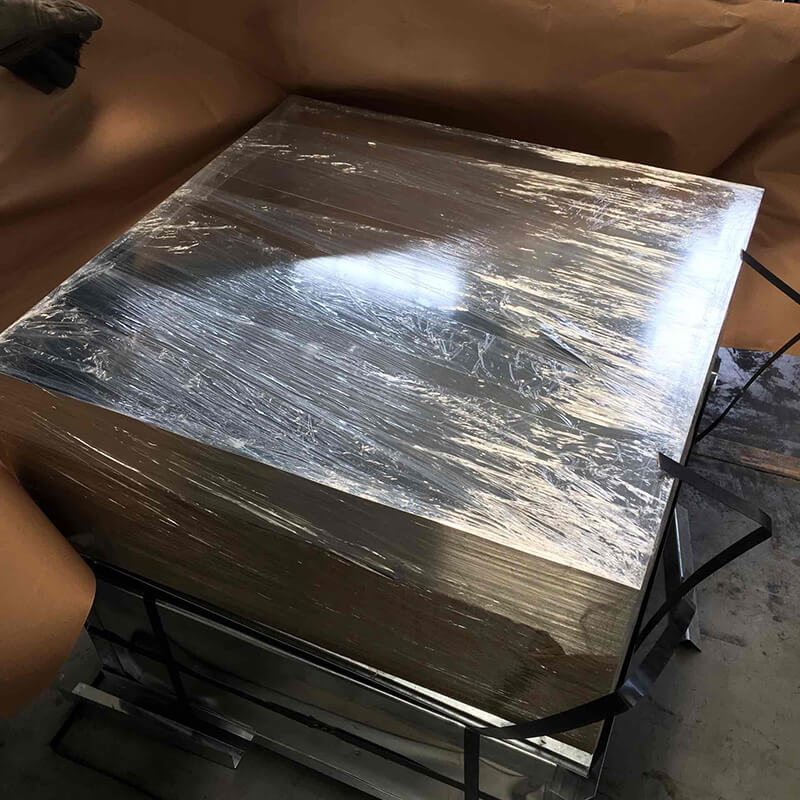
Produce Standard of Electrolytic Tinplate Sheet and Electrolytic Chromium-Coated Steel
Chinese standard: GBT 2520
American standard: ASTM A623M
Europea Standard: EN 10203
Japanese Industrial Standard standard: JIS G3303
Types of Tin Packaging & What They Are Made Of
Modern tin cans are usually made of aluminum or another metal and then coated in tin plating. These alloys are used in a variety of applications:
- Aerosol cans
- Beverage cans
- Food cans and tins
- Paint cans
- Cosmetic tins
Sustainability of Tin Packaging
Most metals are easily recyclable, which is a benefit to the consumer and the company. New products can be made of recycled aluminum or steel, eliminating the need to extract new metal from the planet, and allowing companies to better establish themselves as environmentally responsible. Consumers appreciate the simplicity of putting the metal packaging in the recycling bin rather than worrying about contributing more plastic to overflowing landfills. Especially when compared to plastics, metal packaging is safer for people and the planet.
Conclusion
Tin is used as a packaging material for food due to its non-toxicity, non-reactivity, corrosion resistance, and ability to preserve the quality and safety of food products. Its ease of application, recyclability, and proven track record further reinforce its suitability for this purpose. By using tin, food manufacturers can ensure that their products remain fresh, safe, and appealing to consumers.
Contact us to learn more about custom tin packaging and our other packaging solutions.

